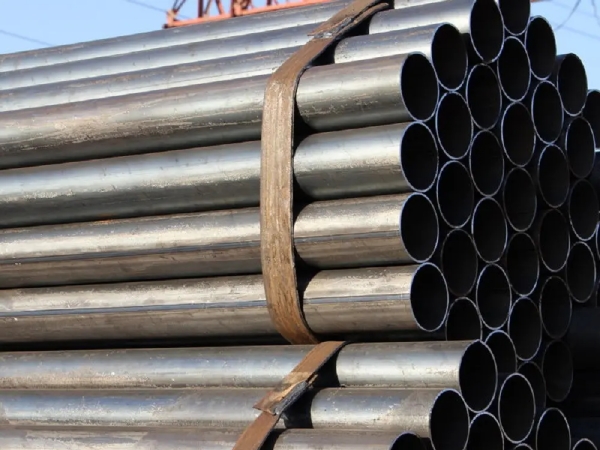ERW steel pipe uses the skin effect and proximity effect of electric current to heat the edge of the pipe blank to the welding temperature for extrusion and welding. The performance of ERW welded pipe depends largely on the quality of the weld. The factors that affect the quality of welds are relatively complex. Today, we will focus on this topic to solve your questions on this issue.

A. Inclusions and band-like structures have a great influence on the impact toughness and flattening performance of the weld. Excessive inclusions are easy to accumulate in the heat-affected zone of the weld, which can easily form a crack source and cause cracks.
B. When the sickle is bent and the edge burrs are serious, it will cause misalignment, arc ignition, weld deviation, difficulty in discharging inclusions, etc., thus reducing the quality of the weld.
Factors affecting the level of high-frequency welding technology. The temperature, speed, extrusion amount and opening angle during welding will all affect the quality of the weld.
If the temperature is too high, the burrs will have no convex shape, and the weld will be flat. If the temperature is too low, the top of the outer burr will not be smooth, and there will be no intermittent convex shape on the burr line; the faster the welding speed, the easier it will be to ensure the quality of the weld; in general, The extrusion amount should refer to the wall thickness and should be controlled at around 5.0mm. For thick-walled pipes above 10mm, the extrusion amount can be increased by 0.5-1mm; as the diameter and thickness of the pipe change, the opening angle should also be adjusted appropriately.
The stability of high-frequency welding is also the key to stable welding quality. Excessive impurities and burrs on the edge of the plate will cause instant short circuit and ignition during high-frequency welding, resulting in local cold welding of the weld. To prevent this defect, regular inspections should be performed. Check whether the high-frequency coil is installed reliably, whether the coolant is filtered cleanly, whether the welding opening angle is appropriate, whether the burrs on the edge of the coil are removed, and then strengthen water pressure and ultrasonic inspection to strictly control the quality of the steel pipe.
The heat treatment process is also one of the influencing factors. Heat treatment generally uses online medium frequency welding heat treatment. The influence of the length of the air cooling section after medium frequency heating on the quality of the weld is easily overlooked. Excessively high inlet water temperature will cause a sharp decrease in the impact toughness of the weld. The impact toughness will also decrease, and the operating speed of the production line needs to be considered to determine the length of the air cooling section.
In the production of welded steel pipes, USI Steel comprehensively prevents all factors that may affect the quality of steel pipe welds. Online non-destructive testing equipment such as hydraulic testing, ultrasonic testing, and X-ray testing ensure our quality. USI Steel always insists on producing high-quality steel pipes and vigorously promotes the application of ERW steel pipes in a wider range of fields.